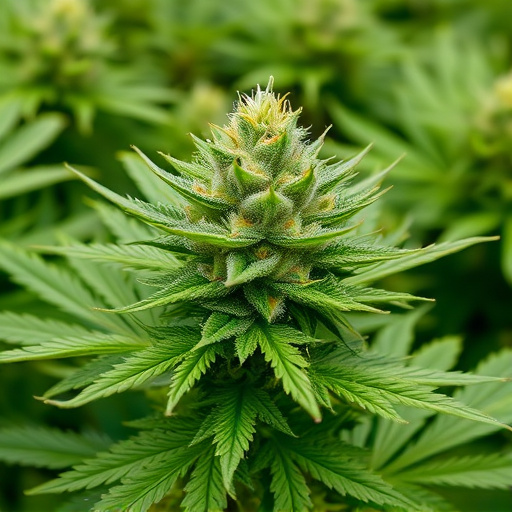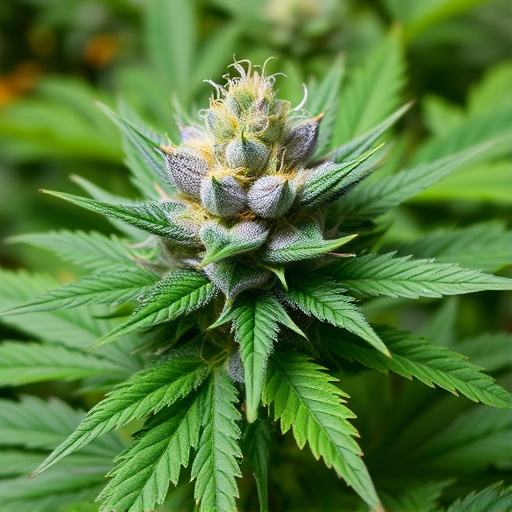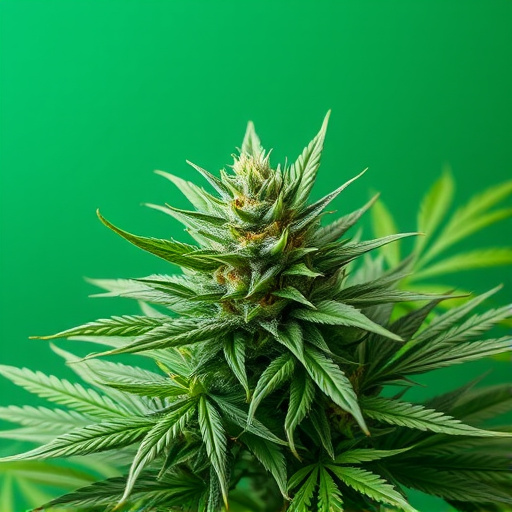The popularity of cannabis has surged, outpacing the supply of classic strains due to their genetic rarity, complex cultivation requirements, and logistical hurdles during transport and storage. These factors make it challenging for producers to mass-produce these prized varieties, leading to limited availability and increasing difficulty for consumers to find their desired specific types. The high demand for unique effects and distinctive terpene profiles drives up the popularity of classic strains, making them scarce despite the growing industry.
In the dynamic world of cannabis, some of the most sought-after strains have become elusive treasures. This phenomenon is driven by a complex interplay between soaring demand and limited cultivation, resulting in an imbalanced market. The scarcity of rare strains isn’t merely about their popularity; it’s also tied to genetic diversity preservation and regulatory hurdles. From preserving classic cannabis genetics to navigating global legal landscapes, this article explores the multifaceted reasons behind why certain strains remain hard to find.
- The Demand and Supply Dynamic
- – Exploring the imbalance between consumer demand and limited cultivation
- – Discussing rare strains as a result of high popularity and specialized growing requirements
The Demand and Supply Dynamic
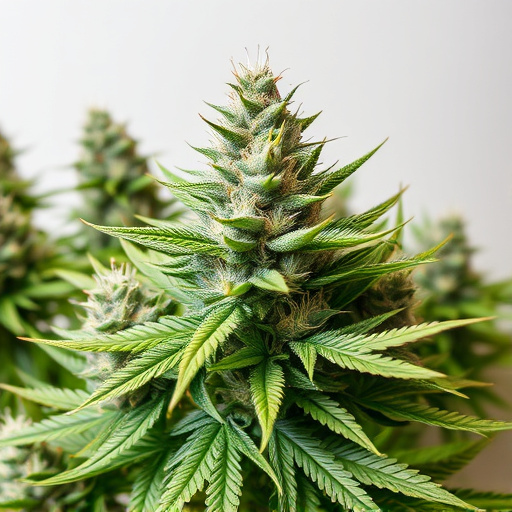
The demand for cannabis has skyrocketed in recent years, driving a surge in interest for both medical and recreational use. This increased demand has put pressure on suppliers to meet the ever-growing market need. As a result, certain classic cannabis strains have become scarce as cultivation and sourcing efforts struggle to keep pace with consumer preferences.
Limited availability isn’t just due to high demand; it’s also tied to factors like genetic rarity, complex growing requirements, and challenges in transportation and storage. Some classic strains, prized for their unique flavors and effects, require specific environmental conditions to thrive, making mass production difficult. These nuances contribute to their scarcity, making them hard to find for consumers seeking those particular varieties.
– Exploring the imbalance between consumer demand and limited cultivation
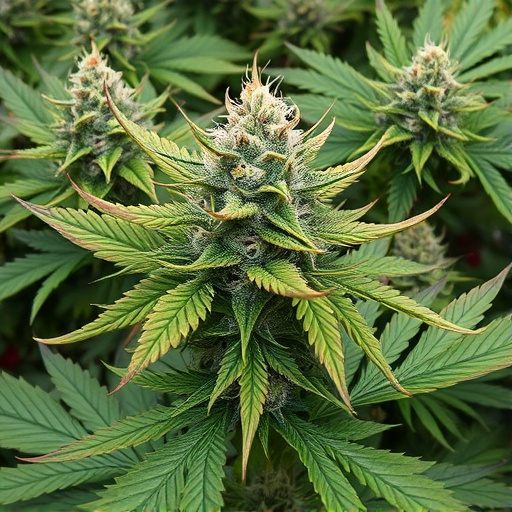
The demand for cannabis has skyrocketed in recent years, with consumers eagerly seeking a wide variety of strains to meet their specific preferences and needs. However, the cultivation of certain classic cannabis strains often lags behind this growing popularity, leading to limited availability. This imbalance can be attributed to several factors, including the time-consuming nature of breeding and cultivating unique strains, as well as the challenge of meeting the immense demand while maintaining high-quality standards.
Many classic cannabis strains, known for their distinct flavors, aromas, and effects, have been passed down through generations of growers, carefully nurtured and refined over time. The process of developing a new strain requires considerable expertise, resources, and patience, which can deter some cultivators from expanding their operations to meet the market’s demands. As a result, consumers often find themselves searching for hard-to-find strains, leaving them with limited options despite the thriving cannabis industry.
– Discussing rare strains as a result of high popularity and specialized growing requirements

Some cannabis strains have become rare due to their immense popularity among users seeking specific effects or unique experiences. These sought-after varieties often possess distinctive terpene profiles and cannabinoid ratios that cater to particular preferences, making them highly desirable in a competitive market. As a result, top cultivators focus on producing these classic cannabis strains, driving up demand and limiting availability.
Additionally, many rare strains require specialized growing conditions, including specific climates, nutrition, and cultivation techniques. These requirements can make it challenging for growers to reproduce the strain consistently, further contributing to its scarcity. The meticulous care needed for optimal growth adds another layer of complexity, ensuring that only the most dedicated cultivators can master these particular varieties, keeping them elusive for cannabis enthusiasts.
In the competitive world of cannabis, the quest for unique and sought-after classic cannabis strains has created a dynamic market. The imbalance between consumer demand and limited cultivation has led to the rarity of certain strains, as high popularity and specialized growing requirements make them challenging to produce in large quantities. This scarcity not only drives up prices but also fosters a sense of exclusivity, making these hard-to-find strains highly desirable for cannabis enthusiasts worldwide.








